
Long summer days in the garden means more opportunities for growing and there are plenty of vegetables and herbs to plant this month that will give you quick results. Plant some of these rapid growers now and you'll soon be harvesting fresh crops before the weather starts to cool down in fall.
August is a wonderful time in the vegetable garden and there are still plenty of options for planting. This includes sowing seeds that you can harvest before fall, as well as maybe second plantings of crops that are already established in the garden but are probably peaking around now.
Whether you want crisp salad leaves or the freshest herbs to add flavor to your cooking, this is a great month to get planting as part of your month by month calendar of garden jobs. And the good news is even if your outdoor space is small there are still plenty of crops you can grow in containers.
1. Spinach

The perfect 'cut and come again' crop, spinach will keep growing right through August and into fall, giving you a steady supply. Pick smaller leaves for the salad bowl and this will keep the leaves coming.
You can even grow spinach well into winter if you choose a hardy cultivar and plant it in a sunny spot.
After enriching the soil with some organic material, direct-sow in lines one inch deep. Water, then cover lightly with soil. Keep well watered, and once the seedlings emerge thin them to six inches apart. You can also sow spinach successfully in large containers.
"For the sweetest, crispiest spinach, make sure to harvest it early in the morning while the weather is still cool," explains New Jersey based organic gardener Resh Gala. "This means leaves will be upright and firm not limp and droopy."
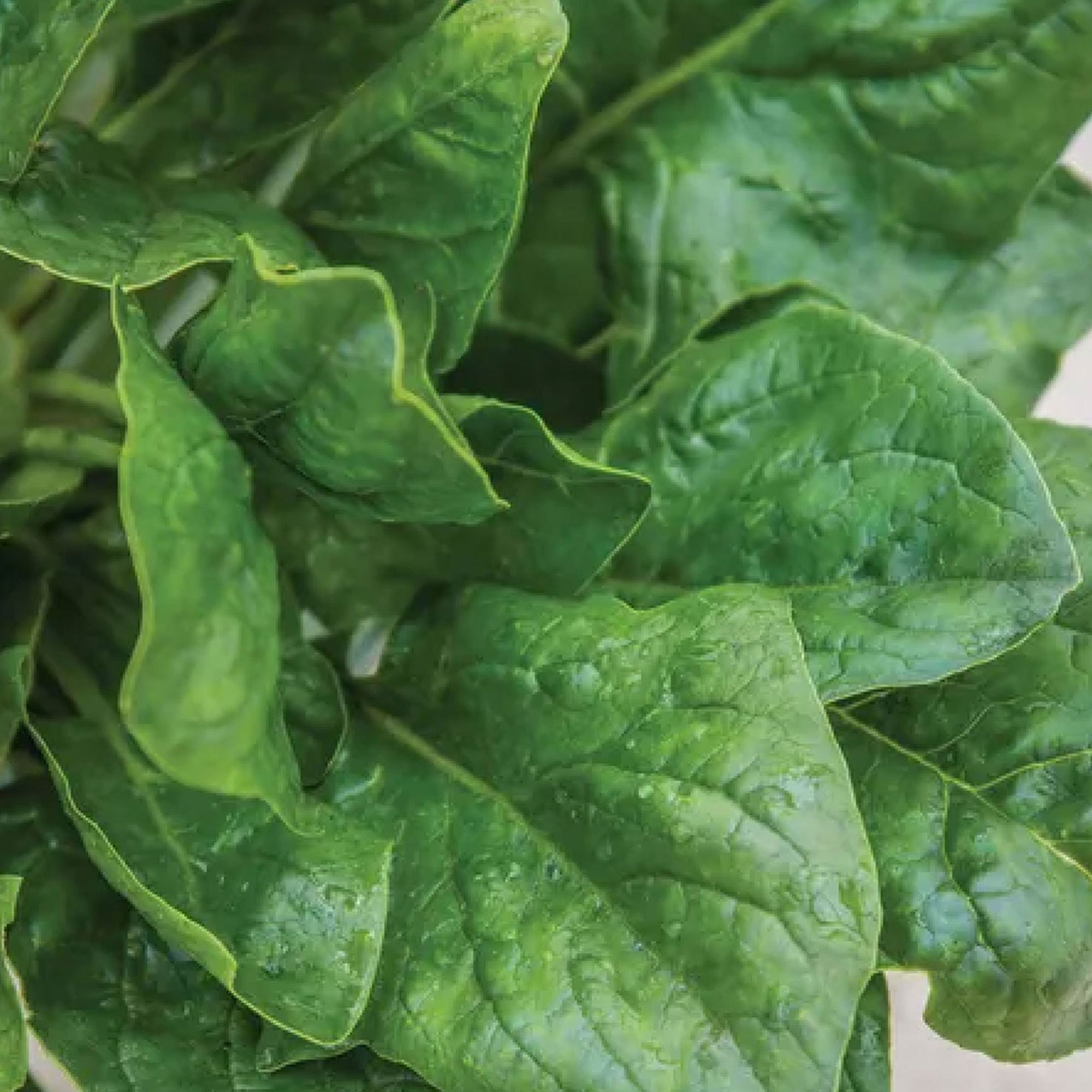
Price: $5.95/200 seeds
This variety of spinach can be sown in late summer for a fall crop and resists heat-induced bolting. You'll be harvesting healthful greens in about 30 days. Snip baby leaves as needed as soon as they are about two inches long.
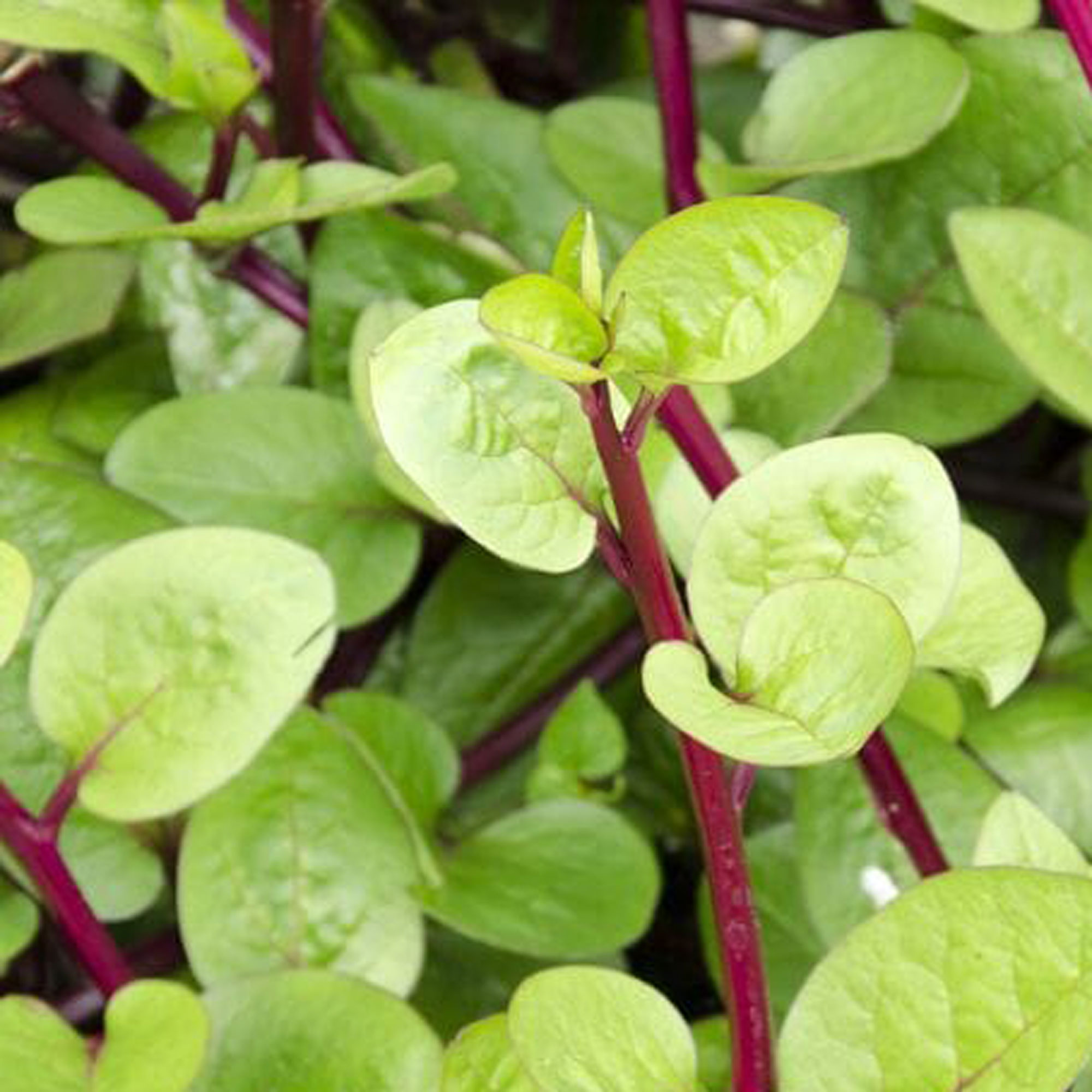
Price: $4.26/0.25oz
This is a vine-type spinach with bright green leaves and stunning red/purple stems. This edible looks so pretty it's often grown as an ornamental. It also prefers warm growing conditions. Plus, it's grown as an annual in most of the US.

Price: $2.49/8g packet
This popular heirloom variety has a spreading habit and heavy yields of thick, dark green leaves. Also known as "Smooth Leaf Spinach, this verdant and subtly sweet variety produces for a long summer harvest.
2. Radishes
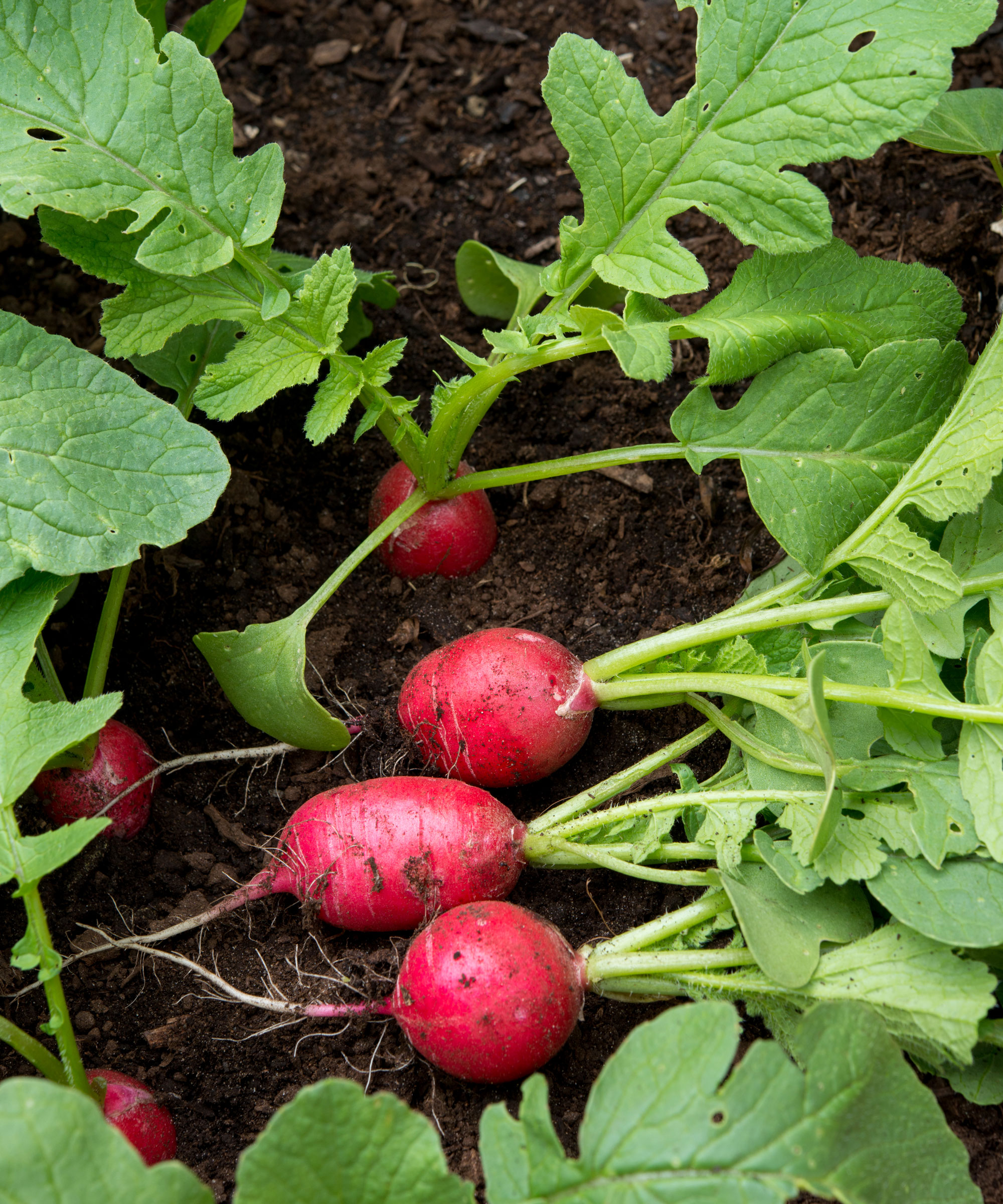
Radishes are one of the fastest growing crops in the vegetable garden. They can go from seed to harvest in just 25-30 days, and you will enjoy an abundant supply from there on. They're also great vegetables to grow in a small backyard.
Sow seeds in rows about four inches apart. "This will allow each individual radish plant to grow properly," says Resh. "I like to pre-moisten my soil by watering it prior to sowing seeds. If you water after direct sowing seeds very often some of the seeds float away with the water and collect together in a clump, so spacing becomes a problem."
If you wait too long to harvest radishes can become pithy. If in doubt you can always taste one or two to see if they're ready. Also, if you live in a frost-free area you can keep your radish crop coming all year round, re-sowing every 14 days for a non-stop harvest.

Price: $4.95/300 seeds
This variety has a creamy-white outside with a vivid burst of watermelon-rose color at the center. The flesh is crispy, mild, and refreshing, with a sweet flavor perfect for salads, garnishes, or pickling. Sow in late summer for a fall crop.
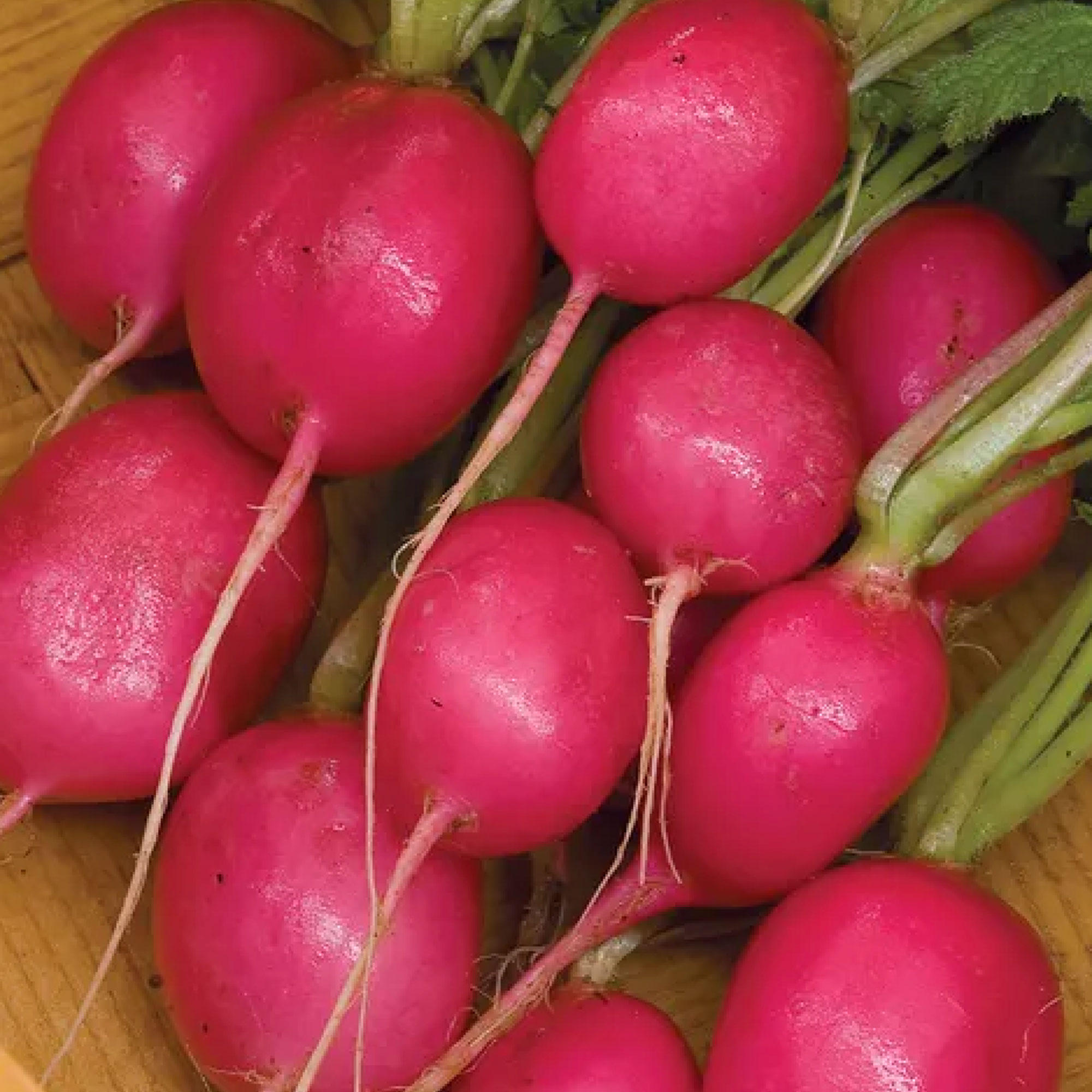
Price: $4.95/300 seeds
This lovely radish has a unique rosy-pink color, is mild-tasting, has a lovely crisp flesh, and is ready in just 22 days from sowing. Push back the soil to see if they have formed bulbs, and taste one or two to see if they are ready.
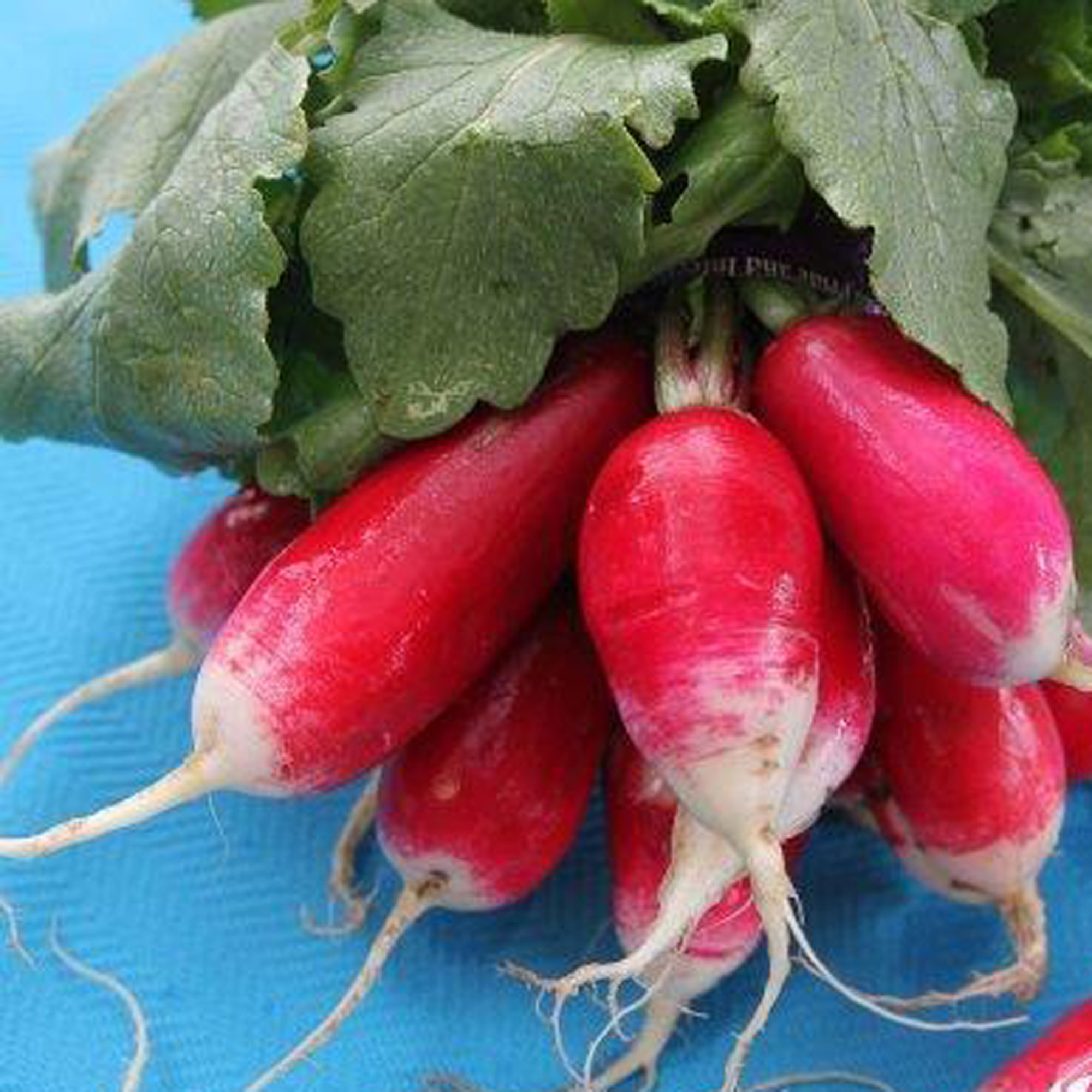
Price: $2.99/5g
French Breakfast radishes are an oblong variety that grows up to 2 inches, scarlet up top in color with a bright white tip. Sweet, tender and mild, they are perfect for salads. These radishes are fast and easy to grow.
3. Basil
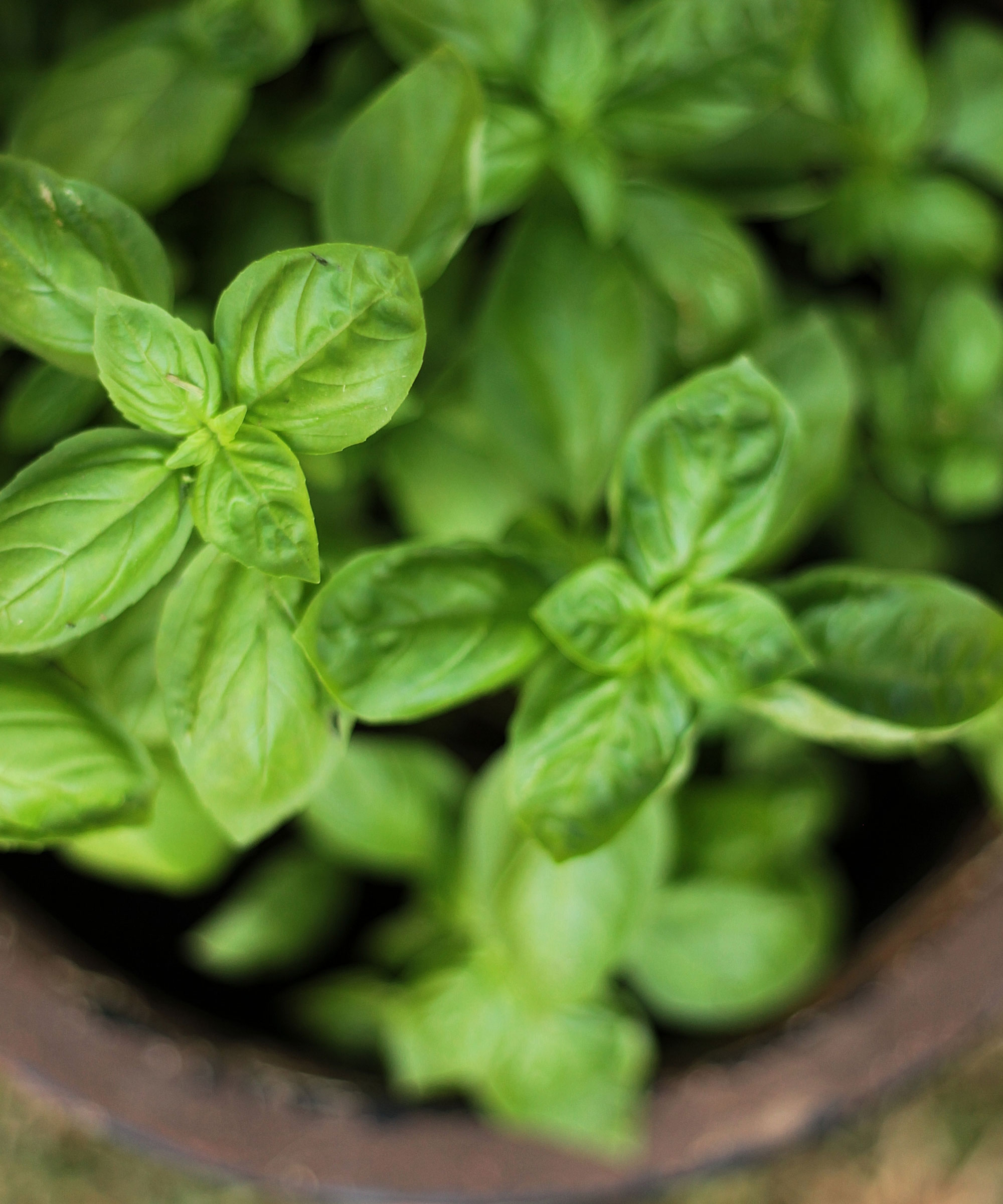
Basil is a favorite herb of many cooks and the scent of its leaves is one of the delights of summer. If you want to bring Amalficore into your garden, this is the best herb for doing so. This Mediterranean herb loves hot weather and baking in full sun, but you will have to keep an eye on watering it as you're growing it at the hottest time of the year.
"Growing basil from seed is much more manageable than with many other herb plants," says gardening expert Maggie Stuckey. "The process is remarkably simple because you're going to direct-sow right into a big container. These seeds will germinate in seven to ten days. The young plant grows so quickly that you will be harvesting leaves in as little as three weeks."
Find out how to grow basil to get the best out of your plants. One of the top tips is to carry on snipping as you need the leaves but as soon as your basil starts to form a spray of flowers at the outer tips of the most mature stems trim them off and add to the salad bowl. This is known as 'pinching off' and is done because experts say that as soon as the plant flowers, it affects the true flavor of the leaves.
4. Garlic chives
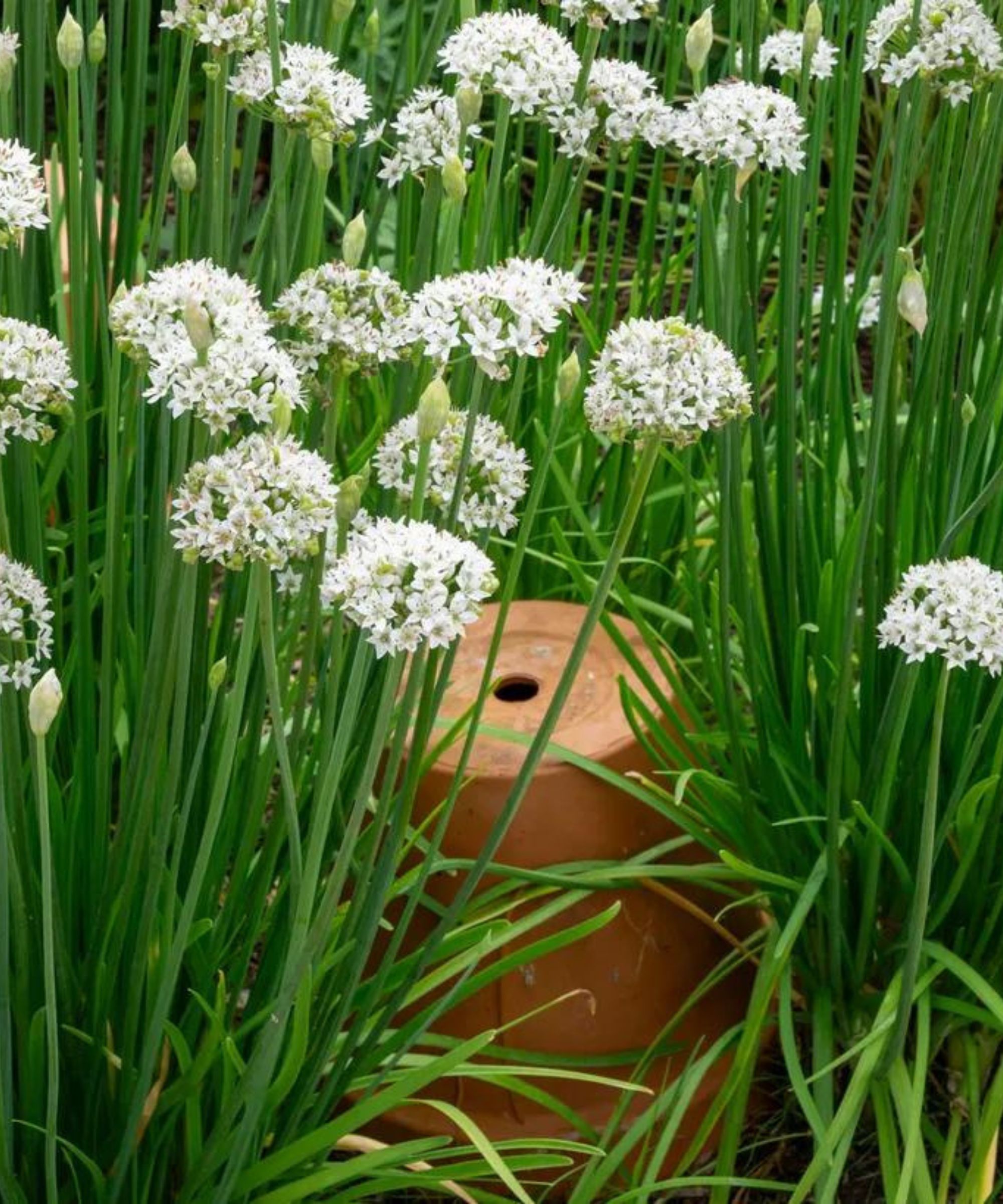
I love the idea of having a supply of fresh and easy to use garlic-flavored leaves on hand. Like regular chives, you can eat both the leaves and the flowers, and they're so easy to pick and chop to add a quick garlic flavor to any dish.
You can sow these herbs right through summer and into fall. In frost-free areas, garlic chives can be sown right through winter and into early spring. If you live in a cool climate, it's worth growing some in a container and bringing the pot indoors once temperatures dip. You can always use indoor grow lights (such as the GooingTop LED Grow Lights from Amazon that are dimmable and have a timer option) to help give them warmth.
"There is so much to recommend garlic chives in the garden," says horticulturalist Christina Chung. "They grow happily in a wide range of climates and soils, thriving and blooming in sun or shade. They produce big clouds of white flowers in late summer when the garden is often going through a quiet moment."
5. Arugula

This is one salad leaf you won’t want to be without and is another great choice for sowing in late summer. Packed with peppery flavour, arugula is a staple of the salad bowl and looks pretty growing in a handy pot near the kitchen door too, if you're looking for green kitchen ideas.
This tasty salad leaf around is also one of the easiest to grow. Sow the seeds of this gourmet green successively every two weeks right through the season to guarantee a continual harvest over several months. You can even get 'Speedy' varieties that are ready to harvest in 30 days from sowing. Just remember to pick the leaves regularly to keep them coming fast.
Sow in a sunny to partially shady area in rows 15 inches apart, and cover with fine soil. Firm lightly and water gently. From there, seedlings will emerge in 7-14 days depending on soil and weather conditions.
6. Runner beans

It's not too late to plant runner beans and still get a decent crop due to their rapid and rampant growth habit, especially if you live in a mild climate. August is definitely the last practical sowing date, though, so make sure to take care of it by planting it in full sun and water regularly.
This ornamental variety of bean is also known as a pole bean. It has large showy red or white flowers so makes a pretty addition to the look of your garden as well as cropping heavily for weeks.
"Much like other beans they are best grown by planting the large seeds directly in the garden," says Christina. "They climb by wrapping their stems around structures. Be sure to provide a large trellis for them to run up." For example, the Maxpace Garden Stakes Kit from Amazon will allow you build a sturdy frame for your beans.
7. Asian greens
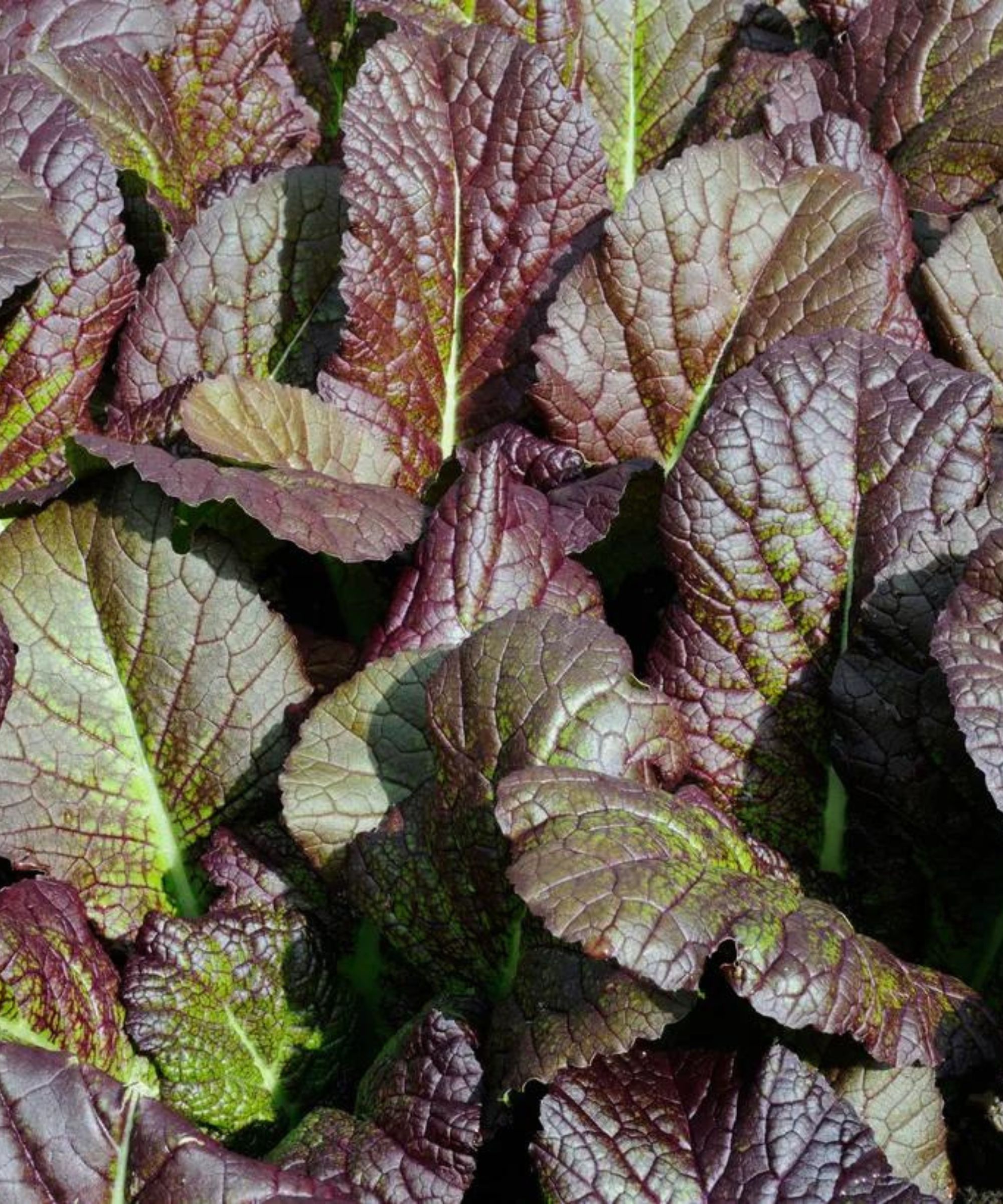
There's a huge range of oriental salad leaves to choose from including Chinese cabbage, pak choi, mizuna and tatsoi. They are all ideal for sowing in August as they like to germinate in warm soil, but thrive in damp fall conditions.
Oriental leaves grow fast and fill that gap when traditional summer veggies have finished cropping, yet winter crops are still a way off from being harvested. These exotic leaves are so easy to grow too, and there's a good variety available including this gorgeous red pak choi variety Brassica rapa rubra.
"These plants are both sturdy and tender," says Maggie. "They can handle a wide range of temperatures, aren't much bothered by disease, and don't need staking or any other kind of physical support. The stems are crisp and juicy, while the leaves are tender and spicy-sweet."
Make light sowings in moist soil, then cover with a cloch. Alternatively, grow in containers. Sow every few weeks, thinning the seedlings out once large enough to handle. Then keep well watered. You will be able to harvest baby leaves 5-6 weeks later. Use the 'cut and come again' method to encourage more growth for months.
Meet the experts

Resh Gala runs organic gardening business @hundredtomatoes, a kitchen garden company that designs, installs and maintains organic vegetable gardens in New Jersey, Pennsylvania and New York. She is also the author of Vegetable Gardening Made Easy Her planting methods have a loyal social media following and she was named 2020 Gardener of the Year by Burpee.

Maggie lives in Portland, Oregon, but was born and raised in South Carolina. It was here that she learned about gardening in the huge vegetable patch at her grandmother's old house in the country that fed the whole family all summer long. It was also where Maggie first became aware of the idea that gardening is about growing good things to eat, and began sharing that bounty with others. Maggie is author of The Container Victory Garden, a beginner's guide to growing your own groceries.

With a background in horticulture from University of British Columbia Botanical Garden's Horticulture Training Program, Christina has been both the program co-ordinator and an instructor delivering hands-on landscape and garden management training. Author of The Layered Vegetable Garden, Christina can regularly be found leading gardening workshops and sharing her passion for learning about plants from around the world through her work at @fluent.garden.
There is plenty of choice when it comes to vegetables and herbs to plant in August as part of your kitchen garden ideas.
When choosing what seeds to go for, make sure to think about what you're eating right now and use your vegetable garden to complement these choices. Be aware too of what growing zone you're in, as some of you will have months of warm weather stretching ahead while others will face cooler conditions sooner.
Want to carry on making your garden grow this month? Learning what flowers to plant in August will also come in useful.
Join our newsletter
Get small space home decor ideas, celeb inspiration, DIY tips and more, straight to your inbox!
Lifestyle journalist Sarah Wilson writes about flowers, plants, garden design and trends. She has studied introductory garden and landscape design and floristry, and also has an RHS Level 2 qualification in the Principles of Plant Growth and Development. In addition to homesandgardens.com and livingetc.com she's written for gardeningetc.com, Real Homes, Modern Gardens and Country Homes & Interiors magazines. Her first job was at Elle magazine, during which time a trip to the beautiful La Colombe d'Or in St-Paul-de-Vence led to an interest in writing about all things botanical. Later as lifestyle editor at Country Homes & Interiors magazine the real pull was the run of captivating country gardens that were featured.